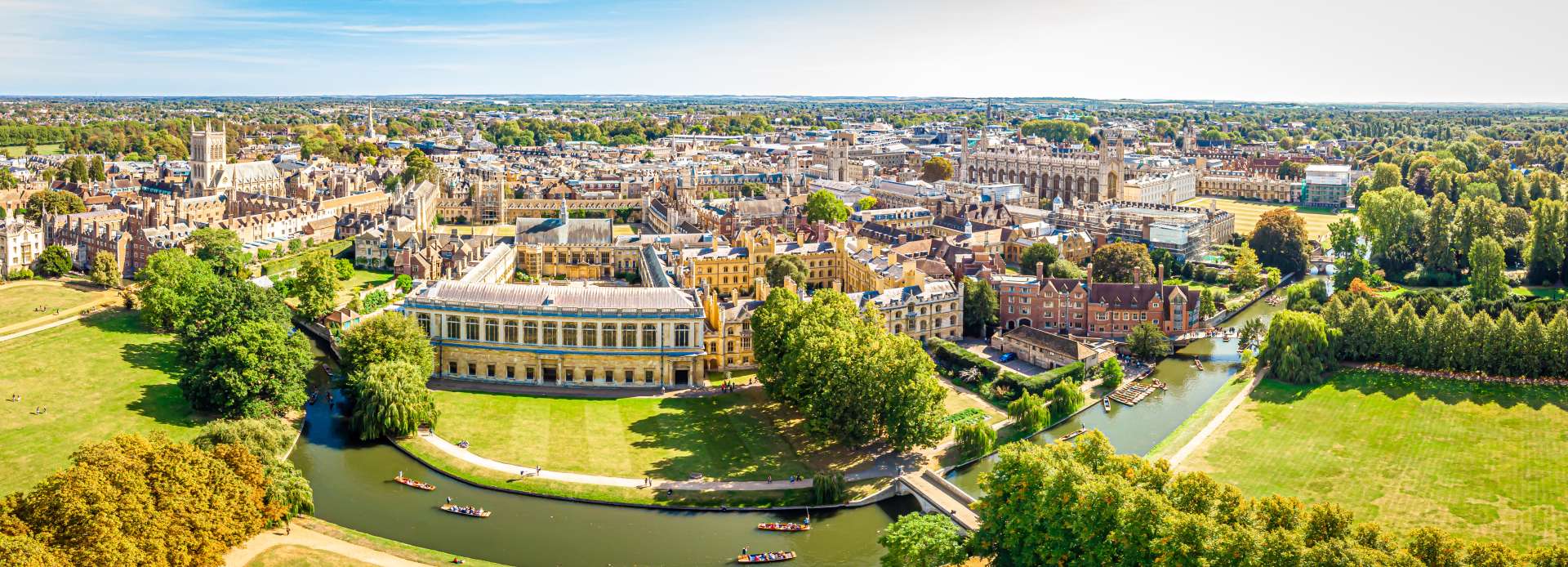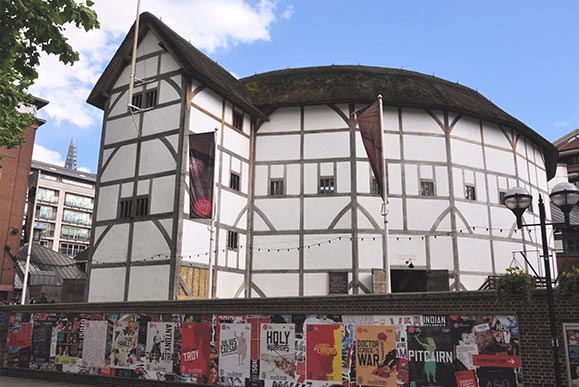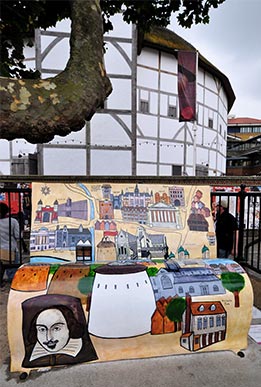
The Cenotaph — Britain’s National War Memorial
Visit the Monument of Remembrance and Reflection in Whitehall, London Whitehall, Westminster, London SW1A 2ET
Specification
A Monument to Sacrifice and Unity
Standing silently on Whitehall, the Cenotaph is one of the most recognised and revered monuments in Britain.
Its name means “empty tomb” — a memorial to all who died in service of their country, but whose bodies rest elsewhere.
Built after the First World War, it has become the focal point of national remembrance and a symbol of peace and shared sacrifice.
The Origins of the Cenotaph
The monument was designed by Sir Edwin Lutyens in 1919, originally as a temporary structure for the Peace Parade marking the end of WWI.
However, public response was so profound that a permanent stone version was unveiled on 11 November 1920, Armistice Day.
Its minimalist design — unadorned stone, subtle curves, and timeless inscriptions — reflects dignity, universality, and the silence of loss.
Therefore, The Cenotaph became not just a London landmark, but a national icon of remembrance.
Exploring The Cenotaph
1. The Design
The Cenotaph stands 35 feet (10.7 metres) high, built from Portland stone.
Lutyens avoided overt religious symbols, creating a structure that could unite people of all faiths.
The slight upward curvature of its surfaces gives it a sense of life and movement, drawing the eye heavenward.
2. The Inscriptions and Flags
The carved inscription reads:
“The Glorious Dead”, accompanied by the Roman numerals MCMXIV–MCMXIX (1914–1919) and MCMXXXIX–MCMXLV (1939–1945).
Later, further words were added to honour those who died in subsequent conflicts.
Around the base, flags of the Army, Navy, Royal Air Force, and Merchant Navy are displayed year-round, their colours gently shifting in the breeze.
3. Remembrance Sunday
Every November, The Cenotaph becomes the centre of the National Service of Remembrance.
The King, members of the Royal Family, politicians, veterans, and citizens gather to lay wreaths and observe two minutes of silence.
In addition, thousands across the UK join in this act of unity and reflection, connecting generations through remembrance.
Learn more at the UK Government official website
A Symbol Beyond Stone
Though The Cenotaph stands in London, its meaning reaches far beyond the city.
It represents courage, sacrifice, and the enduring cost of conflict.
Furthermore, replicas based on Lutyens’ design were later erected across Britain and the Commonwealth, spreading its message of shared loss and remembrance.
Its simplicity continues to move all who pass — proof that silence and restraint can express more than any ornament ever could.
Visiting The Cenotaph
How to Get There
Address: Whitehall, Westminster, London SW1A 2ET
By Tube: Westminster or Charing Cross — 5 minutes.
By Bus: Routes 11, 24, 88, 148, 211 stop nearby.
By Train: Charing Cross Station — 10-minute walk.
Opening Hours & Admission
Open at all times; freely accessible to the public.
Facilities
Step-free access on pavements
Guided remembrance walks available
Cafés and rest areas nearby
Nearby Attractions
Westminster Abbey: Coronation church and royal burials.
Houses of Parliament: Icon of British democracy.
Jewel Tower: Medieval royal treasury beside Parliament.
Churchill War Rooms: WWII command centre underground.
Together, they form the Whitehall Heritage and Remembrance Trail.
Why Visit The Cenotaph?
The Cenotaph is not just a monument — it is a national moment in stone.
It invites reflection, gratitude, and unity among all who stand before it.
Whether you visit on Remembrance Sunday or pause quietly while passing through Whitehall, The Cenotaph reminds us of the cost of freedom and the value of peace.
It’s not just history — it’s the living heart of national remembrance.






No Reviews